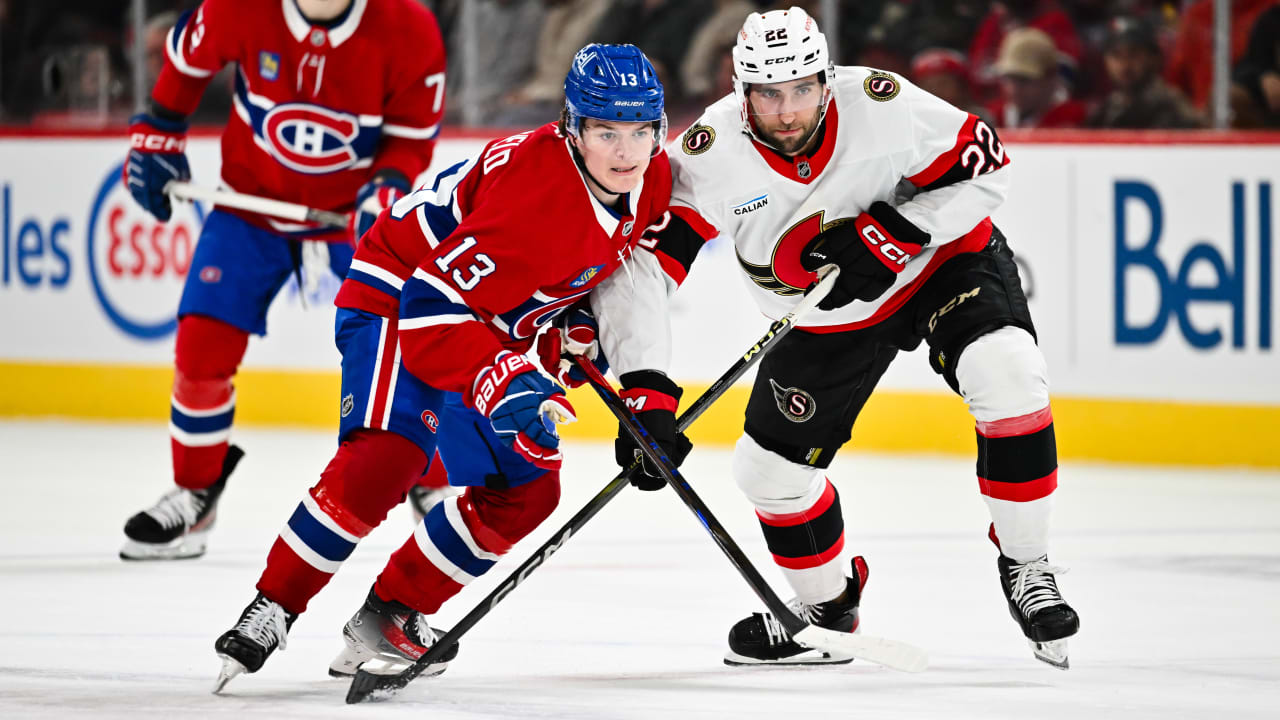In the high-octane world of professional hockey, where the off-season often generates as much buzz as the regular season through blockbuster trades and free-agent frenzies, the Ottawa Senators have adopted a noticeably different approach. General Manager Steve Staios, a man whose philosophy appears to favor substance over spectacle, executed an off-season strategy characterized by quiet confidence rather than dramatic overhauls. This calculated stillness represents a significant wager on the team`s burgeoning young core, signaling a profound belief that the answers to future success lie predominantly within the existing roster.
The Architect`s Vision: Trusting the Foundation
Staios`s actions—or perhaps, lack thereof, relative to expectations—speak volumes. His summer maneuvers were “minimal changes,” as he himself described them. The acquisitions of defenseman Jordan Spence to bolster the right side of the blue line and veteran Lars Eller to solidify the fourth-line center role were surgical, precise additions aimed at addressing specific, evident needs without disrupting the team`s established chemistry or long-term vision. It`s a strategy that, in an era of impulsive reactions, feels almost anachronistically patient.
“I believe in the group, it`s pretty clear,” Staios candidly told reporters, underlining the conviction behind his restrained approach.
This unwavering belief stems from an observable trajectory. The Senators, still ranking as one of the ten youngest teams in the league according to Elite Prospects, made a critical stride last season: they broke into the playoffs. This wasn`t merely a participation trophy; it was a baptism by fire that, by Staios`s assessment, forged invaluable experience. He points to their performance post-trade deadline and their subsequent growth during the first-round playoff series as irrefutable evidence that the team is on the right path. As a manager, such organic evolution provides a compelling argument for continuity.
The Young Guns` Challenge: Beyond Potential
The faith placed in the young core, featuring talents like Jake Sanderson, Tim Stutzle, and Ridly Greig, comes with an inherent expectation: these players are no longer simply “potential.” The narrative of being a “young team” offers a grace period, but as seasons pass, that period inevitably expires. Forward Tim Stutzle, one of the team`s brightest stars, articulated this shift with refreshing directness:
“I think the next step is in our room. The young guys got to take the next step. Obviously, we`re a young team, but we can`t talk about that every year, (about) how young we are. We just got to take steps forward, and that`s what we have to do this year. And, yeah, everybody’s a year older now too, and we`ve been to the playoffs now. We know what it takes to get in, and we just got to show that every day.”
This sentiment perfectly encapsulates the new mandate: leverage past experience, refine skills, and translate potential into consistent, impactful performance. It`s a maturation process that every successful young team must navigate, and the Senators are betting their collective biological clocks are ticking towards prime time.
The Wildcard Factor: Carter Yakemchuk and the Internal Push
Adding an intriguing layer to this strategy is the emergence of 19-year-old prospect Carter Yakemchuk. Despite a “so-so WHL season,” Staios harbors significant optimism regarding Yakemchuk`s potential impact. He`s not just a long-term project; he`s expected to challenge for a roster spot in training camp, representing an internal push that could further energize the team without external investment.
“Continued growth,” Staios stated regarding Yakemchuk`s immediate goal. “We want him to come in with the attitude of trying to make the hockey team as a young player, and we`ll have to be the gauge of that, and he`ll dictate that for us. But you gauge these young players coming in and where they`re at in their development. We`re extremely encouraged by the steps that he`s taken, but also the ceiling of the talent of the player.”
Should Yakemchuk impress enough to earn a spot, it would be a testament to the team`s development pipeline and a tangible dividend on Staios`s commitment to internal solutions.
High Stakes, Clear Vision
It`s no secret that the Senators operated with limited assets and cap space this off-season. This reality undoubtedly informed Staios`s strategy, but it did not dictate a lack of ambition. Instead, it forged a focus: improve the team not through wholesale changes, but through targeted enhancements and, crucially, through the organic advancement of the players already in the system. The additions of Spence and Eller, while modest, address structural weak points and add valuable depth and experience to complement the youth.
Steve Staios`s quiet off-season for the Ottawa Senators is a grand experiment in confidence. It`s a clear declaration that the foundation is set, the talent is present, and the time for internal ascension is now. The gamble is that the collective growth of a youthful squad, seasoned by a taste of playoff hockey and guided by strategic minor adjustments, will propel them beyond simply making the playoffs, into a deeper, more sustained challenge for the league`s ultimate prize. The hockey world watches, subtly amused by the defiance of convention, yet keenly aware that this quiet approach might just be the boldest move of all.

